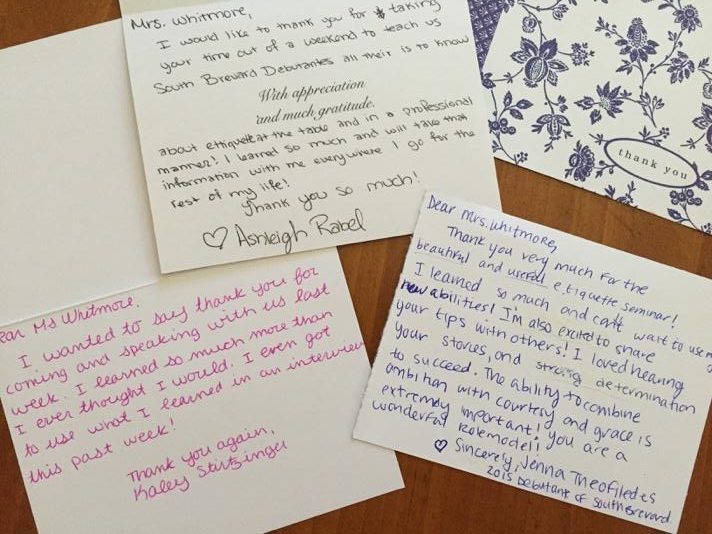
Do you have what it takes to be a likable person?
Everyone wants to work with people they enjoy being around. If you’re extremely likable, you’ll be able to attract new clients, create new friendships, and retain long-standing relationships with minimal effort.
Employers evaluate who they want to hire and continue to work with based on what I call the “BLT factor”: believability, likability, and trustworthiness. Prior to hiring a job candidate, employers will oftentimes think to themselves, Is Pamela going to be the best person for this job and will others enjoy working with her?
It’s one thing to be competent, however, if you’re disliked or if people don’t trust you, they simply won’t want to work with you.
Likability is the culmination of three traits: empathy, reliability and integrity. Here’s why each characteristic is important and what you can do to cultivate it.
Empathy: Empathy is your ability to relate to and understand someone else’s situation and perspective. Strong, enduring relationships are almost always built on empathy. It’s a life skill that requires self-awareness, practice and experience. The ups and downs of your personal and professional life will influence with whom you’re most capable of empathizing.
Common experience connects people through an instant bond and a shared level of trust. In my life, for example, I can empathize with others who have lost a job, started a business, survived cancer, struggled with finances, or been through a divorce because I too, have experienced those circumstances.
Just be aware, empathy does not mean you have to agree with others’ opinions or try to please everybody. Instead, consider the feelings of your employees, partners and colleagues when you make decisions. To cultivate this skill, react less, listen more and try to put yourself in the other person’s position. And never judge a book by its cover. You can’t possibly know what a person has been through unless you have walked a mile in his shoes.
Next time a client or employee is struggling, take a few moments to listen and, if you can relate, share a personal story. But don’t make it all about you.
Reliability: Customers reasonably expect businesses to be reliable, responsible and dependable. When you need help, you call whomever you know you can count on. Your customers, clients and coworkers do the same thing. Everyone wants to work with someone who can do his or her job well while keeping the project on time and on budget.
Some of the most successful companies in the world have a reputation for consistency. For example, if you are in New York and stop by a Starbucks in the way to the airport, you know that coffee will taste the same as the coffee you buy at your local Starbucks. It doesn’t matter where you are; every Starbucks delivers the same quality coffee, every time.
When I was in Shanghai, China a few years ago, I craved a little taste of home. I spotted a Häagen-Dazs ice cream parlor and went inside for dessert. Even though I was on the other side of the planet, this ice cream made me feel like I was in my own backyard.
Customers are attracted to the sense of security that comes from being able to count on someone or something. Certainty provides peace of mind and most people are willing to pay more for reliable service.
Whenever I need to ship a package overnight, I use FedEx. I’ve done business with FedEx for years and they’ve earned my trust. I never have to worry about my package being lost or delivered late.
Cultivate your reputation for reliability. Whenever you or your employees make a promise, deliver. If you can’t fulfill part of your responsibilities, let the client know as soon as possible. An unavoidable hiccup is forgivable; blatant misjudgment or deception is not.
Integrity: Lack of integrity has permeated our culture. It can be seen in politics, sports, business and entertainment. Integrity is the highest level of professionalism and behavior. It’s doing what you know is right, even if no one is looking. It’s standing up for what you believe in and having the courage to speak up, even if your opinion is unpopular.
American business magnate Warren Buffet said, “In looking for people to hire, you look for three qualities: integrity, intelligence and energy. And if they don’t have the first, the other two will kill you.” Many people are smart and capable, but very few take the time to cultivate integrity. Those who do make a personal investment of time, energy and self-enhancement are paid back in big dividends.
All relationships, whether they be personal or professional, demand integrity and honesty. On some days, it may be difficult to always behave at your highest level, but it’s well worth the effort.vf












